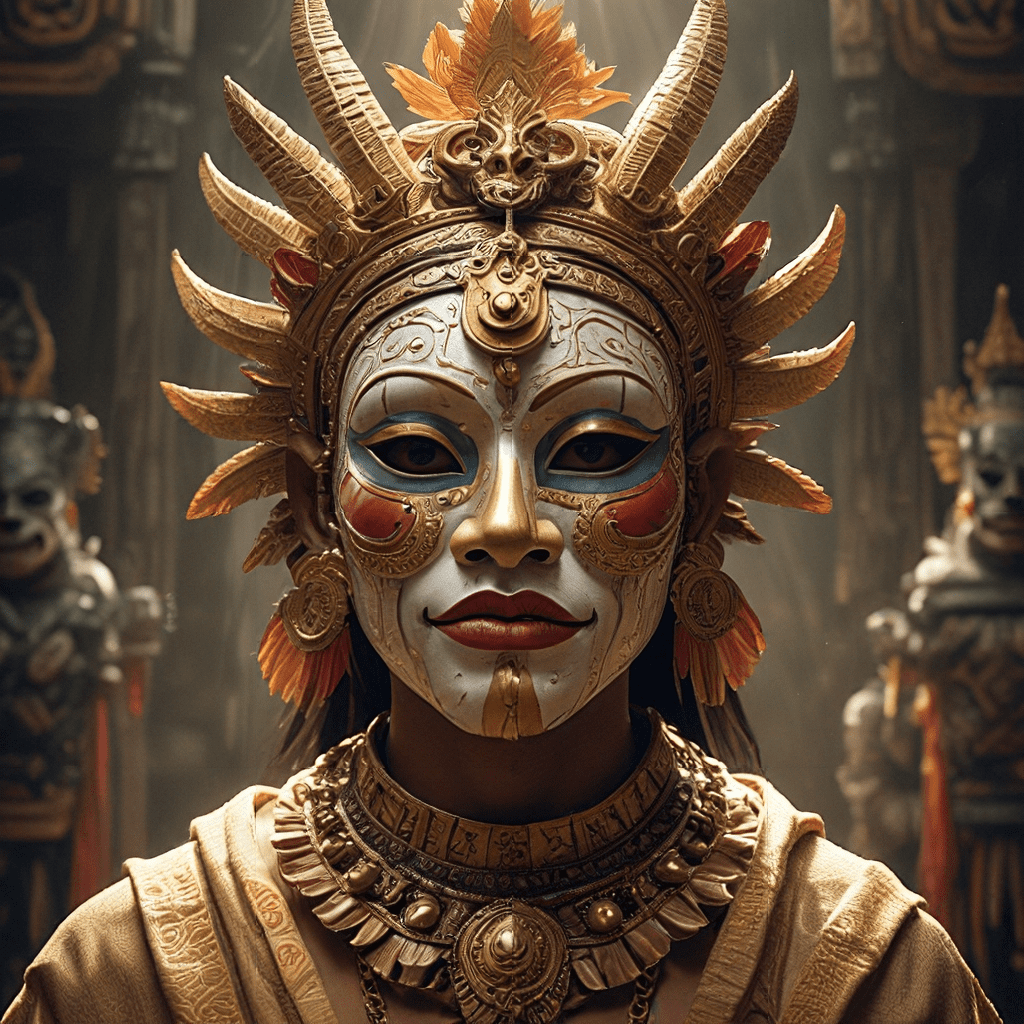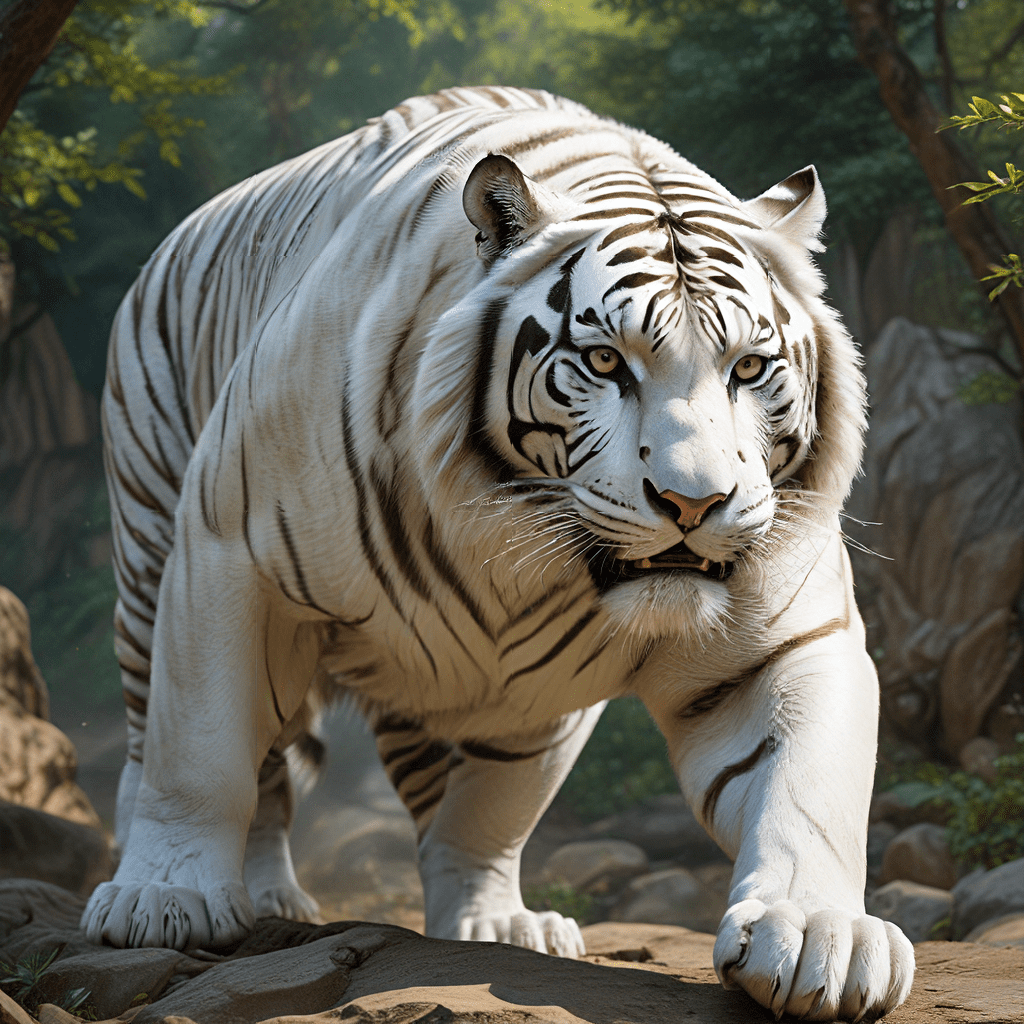The Myth of the Unicorn: A Sacred Symbol of Purity
1. Introduction: The Allure of the Unicorn
The unicorn, a mythical creature often depicted as a horse with a spiraled horn protruding from its forehead, has captivated human imagination for centuries. Its ethereal beauty and elusive nature have rendered it a potent symbol across various cultures. The allure of the unicorn lies not just in its fantastical appearance but also in the rich tapestry of myths and legends woven around it. Central to the unicorn’s symbolism is the idea of purity, which has evolved over time yet remains a steadfast aspect of its identity.
2. Historical Origins of the Unicorn Myth
The origins of the unicorn myth can be traced back to ancient civilizations. Historical texts and artifacts from cultures such as Mesopotamia, India, and Greece mention unicorn-like creatures, often described in ways that blend the real and the fantastical.
- Mesopotamian Art: Some of the earliest depictions can be found in Mesopotamian seals, which often illustrated a single-horned creature.
- Indian Mythology: In ancient Indian texts, the unicorn is sometimes associated with the Indus Valley civilization, where seals depicting a one-horned animal have been discovered.
- Greek Accounts: Greek historians like Ctesias wrote of the Indian wild ass, which was described in such a way that it resembled the modern conception of a unicorn.
As these stories traveled and transformed through cultural exchanges, the unicorn transitioned from being merely a mythical creature to a profound symbol of purity and virtue in various societies.
3. The Unicorn in Medieval Literature and Art
During the medieval period, the unicorn became a prevalent motif in literature and art. It was often depicted in illuminated manuscripts, tapestries, and paintings, where its image was imbued with allegorical significance.
- Illuminated Manuscripts: The unicorn frequently appears in medieval manuscripts, often symbolizing Christ or the Virgin Mary.
- Tapestries: Notable works like “The Hunt of the Unicorn” series showcase the unicorn in various scenes, representing the quest for purity and the divine.
In chivalric romances, the unicorn often represents an ideal of love and virtue that knights aspire to achieve. Its magical nature captures the essence of unattainable ideals, making it a powerful symbol in the narratives of the time.
4. Symbolism of Purity and Virginity
The association of the unicorn with purity and virginity is one of its most enduring characteristics. This symbolism is rooted in the belief that unicorns could only be tamed by a virgin, illustrating the connection between innocence and purity.
The unicorn serves as a metaphor for the unattainable ideal in love and virtue:
- Innocence: The unicorn’s purity reflects the innocence that society often cherishes.
- Idealism: It embodies the quest for higher moral standards and virtues.
Through this lens, the unicorn becomes not just a creature of beauty but a representation of the values that societies hold dear.
5. The Unicorn in Religious Contexts
In Christian iconography, the unicorn takes on additional layers of meaning. It is often depicted in religious artwork as a symbol of Christ, encapsulating themes of purity and divinity.
- Virgin Mary: The unicorn is frequently associated with the Virgin Mary, representing her purity and divine motherhood.
- Symbol of Christ: The unicorn’s ability to heal and its rarity position it as a metaphor for Christ, who offers salvation and purity to humanity.
This religious symbolism further solidifies the unicorn’s status as a sacred symbol of purity, intertwining its myth with spiritual significance.
6. Cultural Variations: The Unicorn in Different Mythologies
The unicorn myth is not confined to Western cultures; it has appeared in various forms across the globe. Each culture offers unique interpretations and representations of the unicorn.
- Asian Mythology: In Chinese mythology, the Qilin is often compared to the unicorn and symbolizes good fortune and prosperity.
- Celtic Folklore: In Celtic traditions, unicorns are seen as protectors of the forest and symbols of purity and grace.
These cultural variations highlight the universal appeal of the unicorn myth while demonstrating how different societies adapt its symbolism to resonate with their values and beliefs.
7. The Unicorn in Modern Popular Culture
In recent years, the unicorn has experienced a resurgence in modern popular culture. From children’s literature to films and fashion, unicorns have become emblematic of whimsy and fantasy.
- Literature: Books aimed at children and young adults frequently feature unicorns as magical companions and symbols of hope.
- Film and Television: Movies and series often use unicorns to embody themes of adventure, magic, and the pursuit of dreams.
- Fashion: The unicorn has made its way into contemporary fashion, often symbolizing individuality and creativity.
While the modern interpretations maintain elements of the original symbolism of purity, they also incorporate aspects of fun and imagination, reflecting contemporary values.
8. The Psychological and Emotional Appeal of Unicorns
The enduring popularity of the unicorn can be attributed to its psychological and emotional resonance. For many, unicorns represent:
- Hope: The unicorn embodies the possibility of dreams coming true.
- Innocence: It evokes a sense of childhood wonder and the simplicity of innocence.
- Imagination: Unicorns inspire creativity and fantasy, allowing individuals to escape from reality.
This connection to hope, dreams, and childhood innocence explains why unicorns continue to captivate hearts across generations.
9. Critique of the Unicorn Myth: Beyond Purity
While the unicorn is often celebrated as a symbol of purity, this narrative can be limiting. Critics argue that the purity narrative oversimplifies the complexities of human experience and emotion.
- Alternative Interpretations: Some interpretations suggest that the unicorn can also symbolize the struggle against societal norms and the pursuit of personal truth.
- Embracing Imperfection: The idea of purity is often tied to unattainable standards; thus, embracing flaws and imperfections can offer a more nuanced understanding of the unicorn’s symbolism.
These alternative views encourage a broader exploration of what the unicorn represents in modern society.
10. Conclusion: The Enduring Legacy of the Unicorn Symbol
In conclusion, the unicorn remains a multifaceted symbol that transcends its traditional association with purity. From ancient myths to contemporary culture, the unicorn’s legacy continues to evolve, reflecting the complexities of human values and aspirations.
The relevance of the unicorn myth in contemporary society speaks to our enduring fascination with the ideals it represents, and its implications for future narratives will likely continue to inspire and captivate imaginations.



